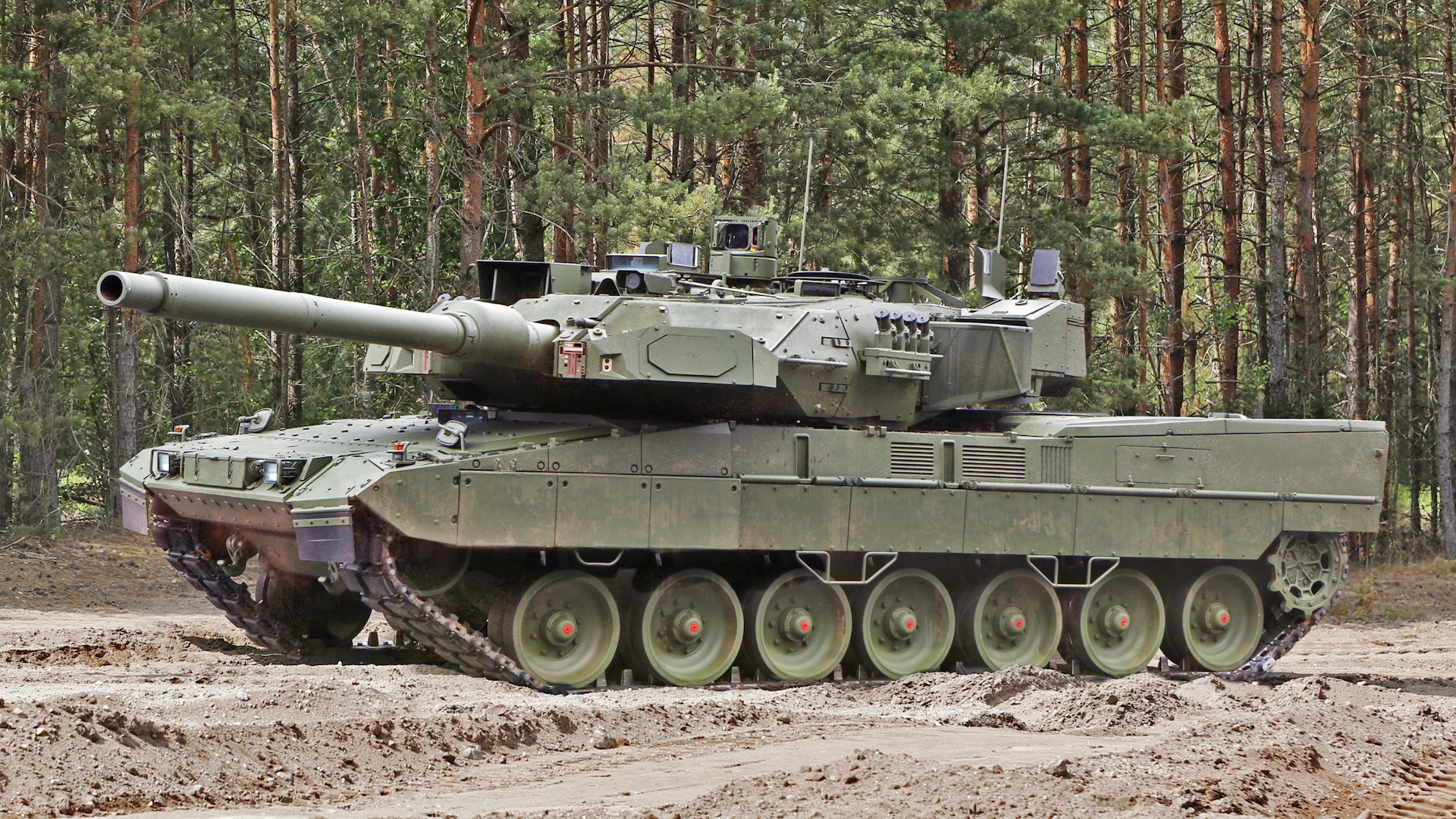Sweden is buying 44 German-made Leopard 2A8 tanks, in addition to upgrading 66 of its older models to the same standard, continuing a period of military investment for the Scandinavian country that joined NATO last year. The decision adds another customer to a growing list of Leopard 2A8 operators, which also notably includes fellow NATO members Lithuania and Norway, also in the strategically critical Baltic region.
The plans were announced today by the Swedish Defense Materiel Administration (FMV), responsible for procuring weapons for the country’s armed forces. The 44 Leopard 2A8s being purchased as new will receive the Swedish designation Stridsvagn 123B. Sweden’s 66 existing Stridsvagn 122 tanks (equivalent to the Leopard 2A5) will emerge as Stridsvagn 123A vehicles once modernized.
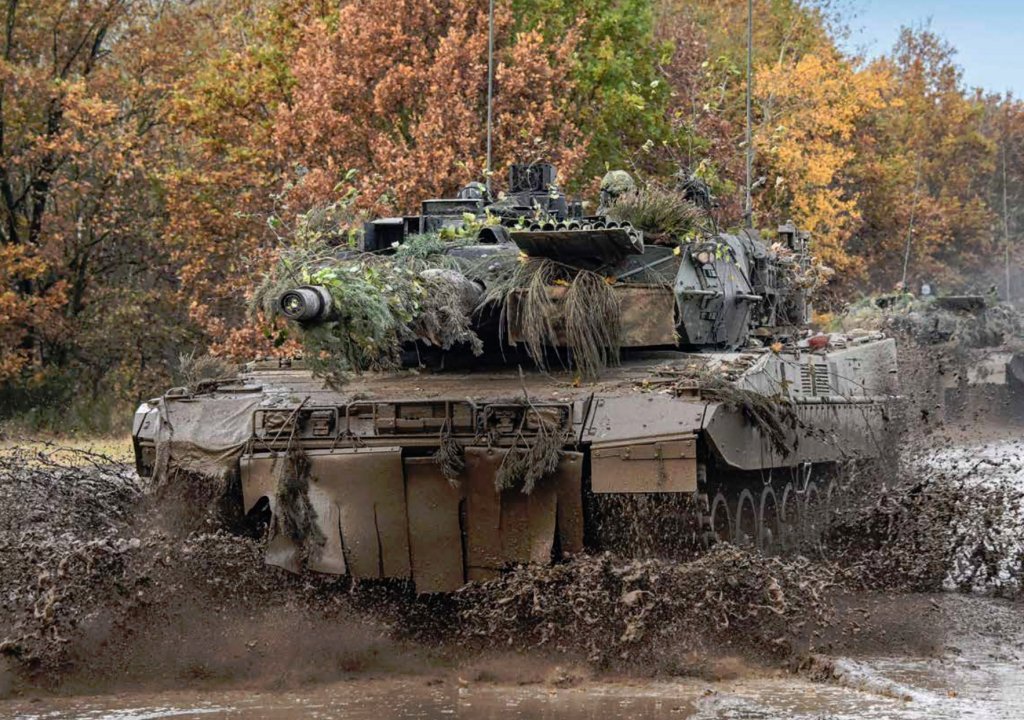
Together, the two contracts are worth almost 20 billion Swedish Krona — around $1.8 billion.
Built by KNDS Deutschland (formerly Krauss-Maffei Wegmann), the modernized tanks are scheduled for delivery between 2027 and 2030, while the 44 newly manufactured tanks will be delivered from 2028 to 2031.
When plans to modernize the Stridsvagn 122 were first announced, it was said that the upgraded vehicles would serve “at least into the 2030s.”
“The Stridsvagn 123A and 123B will be among the absolute most modern tanks in the world,” Göran Mårtensson, director of the FMV, said in a statement. “Compared to Stridsvagn 122, it is basically a completely new tank, although they may look similar on the outside.”
The Leopard 2A5, which was introduced in the mid-1990s, is armed with a 120mm/L44 smoothbore main gun, which was superseded in later versions, including the Leopard 2A8, with a longer-barrel 120mm/L55 gun. The Leopard 2A5 primarily differed from earlier models in having additional armor protection on the turret and the hull.

Overall, the Leopard 2A8 is broadly similar in many respects to the Leopard 2A7V, in use since 2014, which features an air-conditioning system, advanced optronics, and programmable ammunition.
While the Leopard 2A8 retains the same engine, transmission, and main gun as the Leopard 2A7V, it features additional defensive measures, including the latest version of the Israeli-made Rafael Trophy active standoff protection system, which you can read more about here.
The promotional video below from Trophy’s manufacturer Rafael offers a good general overview of how the system functions:

You can read more about the differences between Leopard 2 variants here.
Sweden originally acquired 120 Stridsvagn 122 tanks in the mid-1990s. These have since received modest upgrades and 10 of them have been provided to Ukraine.
The new Swedish tank orders are, in part, intended to compensate for the transfers to Ukraine. A similar program of backfilling is also replacing artillery pieces, combat vehicles, naval craft, ammunition, and anti-tank weapons that Sweden has also donated to Ukraine.
However, building up the Swedish Armed Forces’ tank branch is a lot more than that, with an increase in overall numbers as well as capabilities, part of a new posture that has been developed in line with NATO membership and the resurgent military threat from Russia.
In 2013, for example, before Russia’s annexation of Crimea, Sweden’s active tank fleet had been reduced to just 42 Stridsvagn 122s, with tanks being rotated in and out of storage to reduce wear and tear. By 2015, Sweden had decided to field an additional tank company on the island of Gotland, which occupies a strategic position in the Baltic, and which had been highly militarized during the Cold War. An armored training exercise on Gotland in 2021 marked the first time that tanks had been on the island for 20 years. Meanwhile, tank numbers overall have been increased, with previously stored Stridsvagn 122s returned to service.
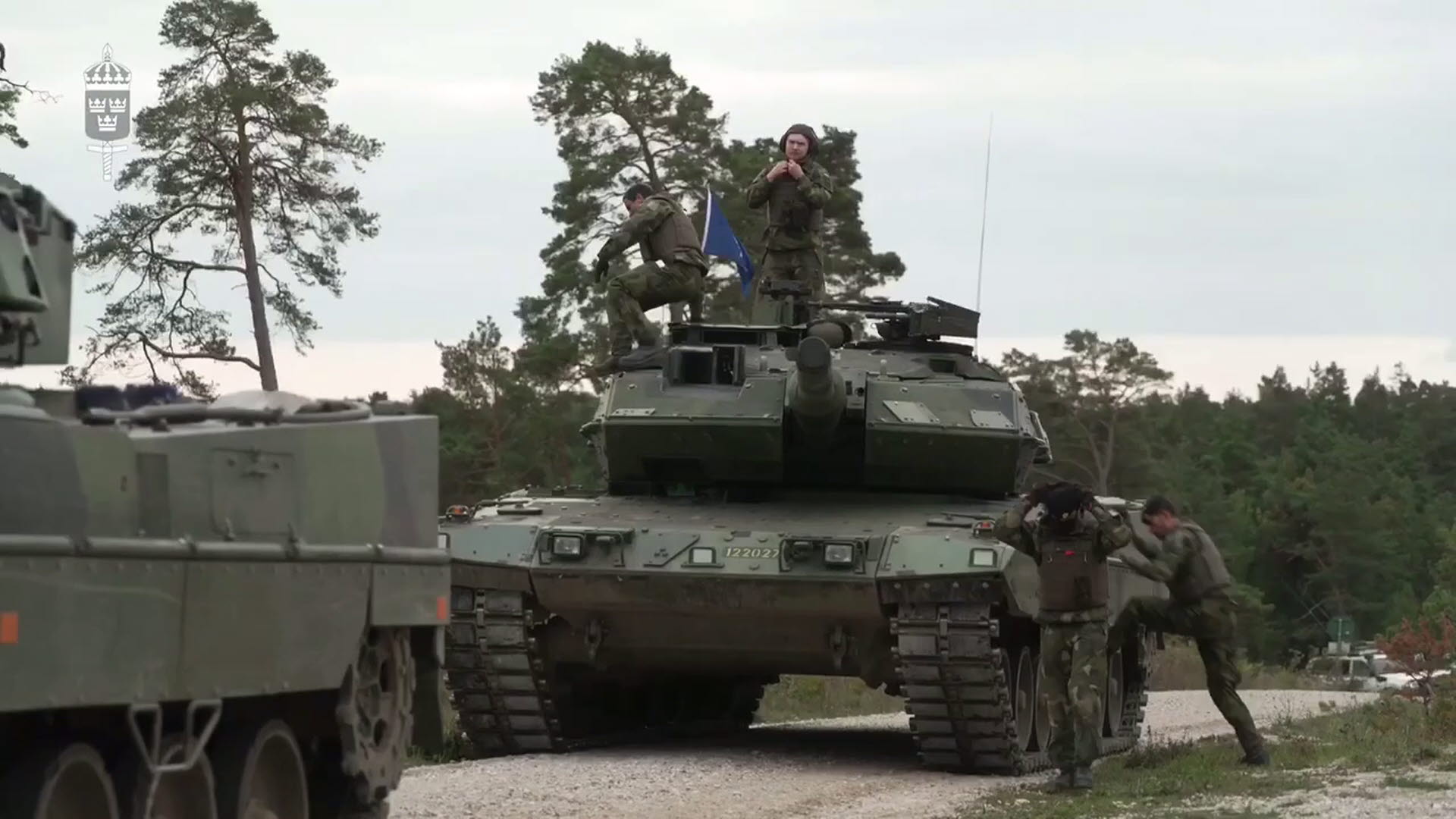
Once the new and upgraded tanks are in service, Sweden will have 154 tanks, compared with the 110 that are available today, according to the Swedish Armed Forces.
At the same time, the choice of the Leopard 2A8 provides commonality not only with Lithuania and Norway, but also with Germany and the Netherlands, who have also ordered it, and which are also increasingly focused on land warfare operations in the Baltic region. Driven by new NATO memberships for Finland and Sweden, the value of commonality across weapons systems, for the Nordic countries in particular, is something that we have discussed in the past.
As well as new and upgraded tanks, Sweden has also decided to modernize its fleet of Combat Vehicle 90 (CV90) tracked armored fighting vehicles. This work is valued at a little more than 5 billion Swedish Krona (around $450 million) and is scheduled to be completed by 2030. Around 500 vehicles in the CV90 family are currently in Swedish service.

Overall, the investments in new and improved armor are part of Sweden’s plan to increase the size of its army, including adding another four Army brigades by 2030.
“This is crucial for us to be able to reach the high goals that politics has set for the Armed Forces and FMV,” Swedish Minister of Defense Pål Jonson said during a visit to the Gotland Regiment earlier this week. “These are lofty goals, but they must be lofty goals in the serious global situation we have right now,” he added.
When Sweden joined NATO, it was “a direct result of Russia’s illegal, unprovoked, and indefensible war of aggression” in Ukraine, according to Sweden’s Minister for Foreign Affairs Tobias Billström, speaking last year.
“We must plan and prepare for a prolonged confrontation with Russia. We must counter Russia’s expansion of power by constraining its influence, its freedom of action, and — ultimately — its ability to do harm,” Billström added.
In October last year, the Swedish government confirmed plans to increase the size of its armed forces, adding around 27,000 soldiers by 2030 to provide a total of around 115,000 personnel, both professional soldiers and conscripts.
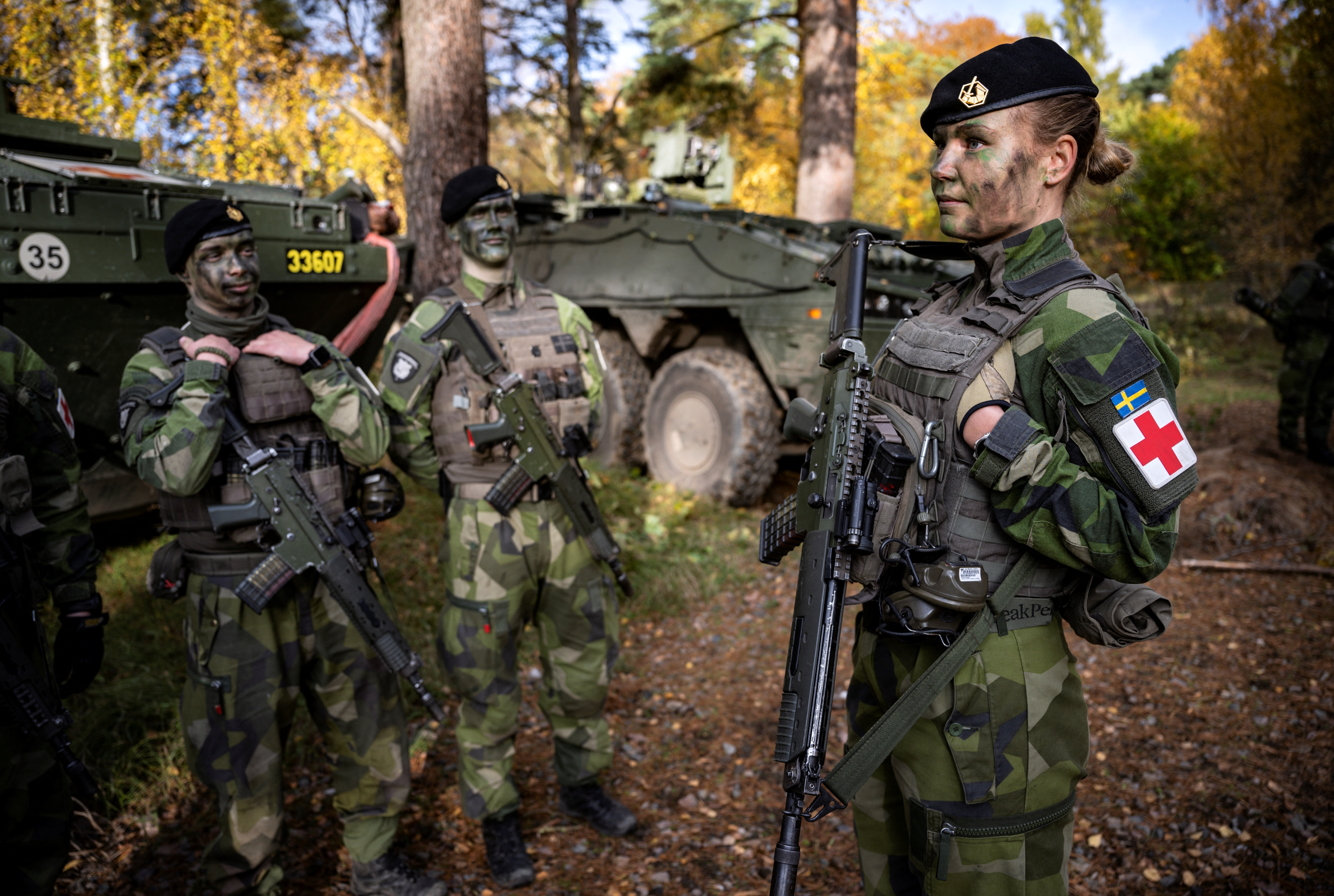
This expansion is being enabled by an increase in defense spending, including an additional 170 billion Swedish Krona ($16.41 billion) announced last year, on top of the normal annual budget over the coming five years. By 2028, defense spending will amount to 2.6% of GDP in 2028, compared to 2.2% in 2024.
As well as new and upgraded armor, key Swedish defense procurement programs include modernization of the Swedish Navy’s five Visby class corvettes, including providing them with new air defense systems and buying three larger Luleå class corvettes. Meanwhile, the Swedish Air Force is to receive a third GlobalEye surveillance aircraft, as well as 12 UH-60M Black Hawk helicopters to add to the 15 already operated.
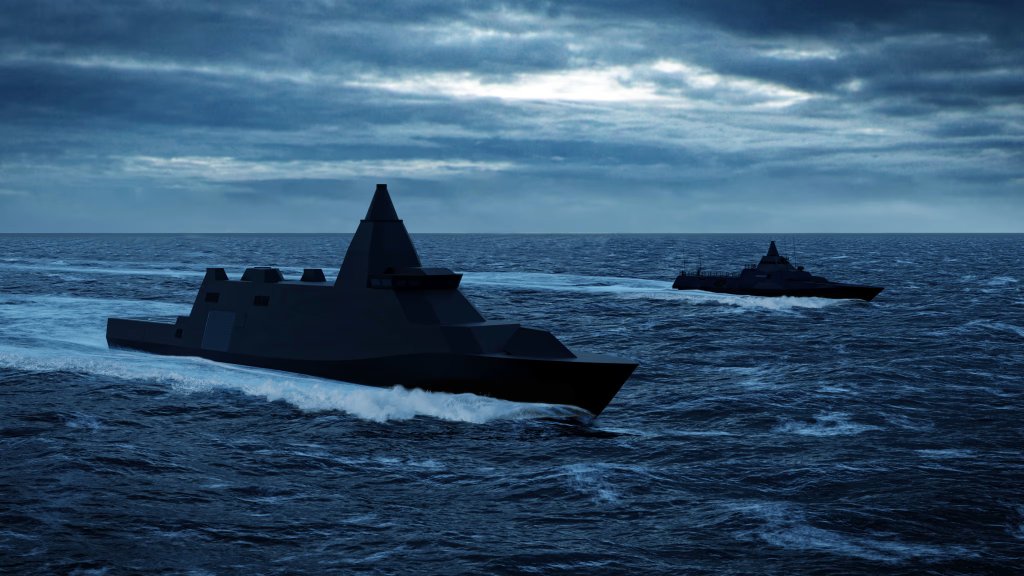
As well as the Kremlin’s full-scale invasion of Ukraine, Sweden has had other causes for concern as a result of Russian military activities closer to its borders.
In a notorious incident in 2013, Russian bombers simulated a nuclear attack on the capital, Stockholm, with the Swedish Air Force unable to respond. Flying across the Gulf of Finland, the Tu-22M3 Backfire bombers came within 18 to 24 miles of Swedish territory near Gotland Island, around 100 miles from Stockholm. The lack of Swedish fighters on quick reaction alert at the time became a matter of controversy and a stark reminder of a lack of preparedness for war. Instead, two Danish F-16 fighters shadowed the Russian aircraft.
In 2014, there were reports of a Russian submarine operating in the shallow waters of the Stockholm archipelago, supported by five credible public sightings. The Swedish Navy abandoned efforts to find the submarine after a week, in another embarrassing incident for the armed forces.
Since then, preparations for a potential war with Russia have included issuing every household, in 2018, with pamphlets titled “If crisis or war comes,” in a throwback to the days of the Cold War.

There have also been growing concerns more widely within NATO about Russian ‘hybrid warfare,’ especially in the Baltic region. Here, there has been a spate of apparent sabotage against undersea infrastructure, specifically undersea cables, with suspicions that this may have been inspired by, if not carried out by the Kremlin. In Sweden itself, unidentified drones have been seen in the airspace over multiple nuclear power facilities, as well as in restricted airspace over Sweden’s Royal Palace.
Against this backdrop, the procurement of new tanks for the Swedish Armed Forces, and the modernization of existing armor, was to be expected. In addition to providing a boost in capabilities and numbers to Sweden’s tank forces, it’s a move that further underscores the resurgence of the main battle tank after many years of force reductions within Europe.
Contact the author: thomas@thedrive.com
